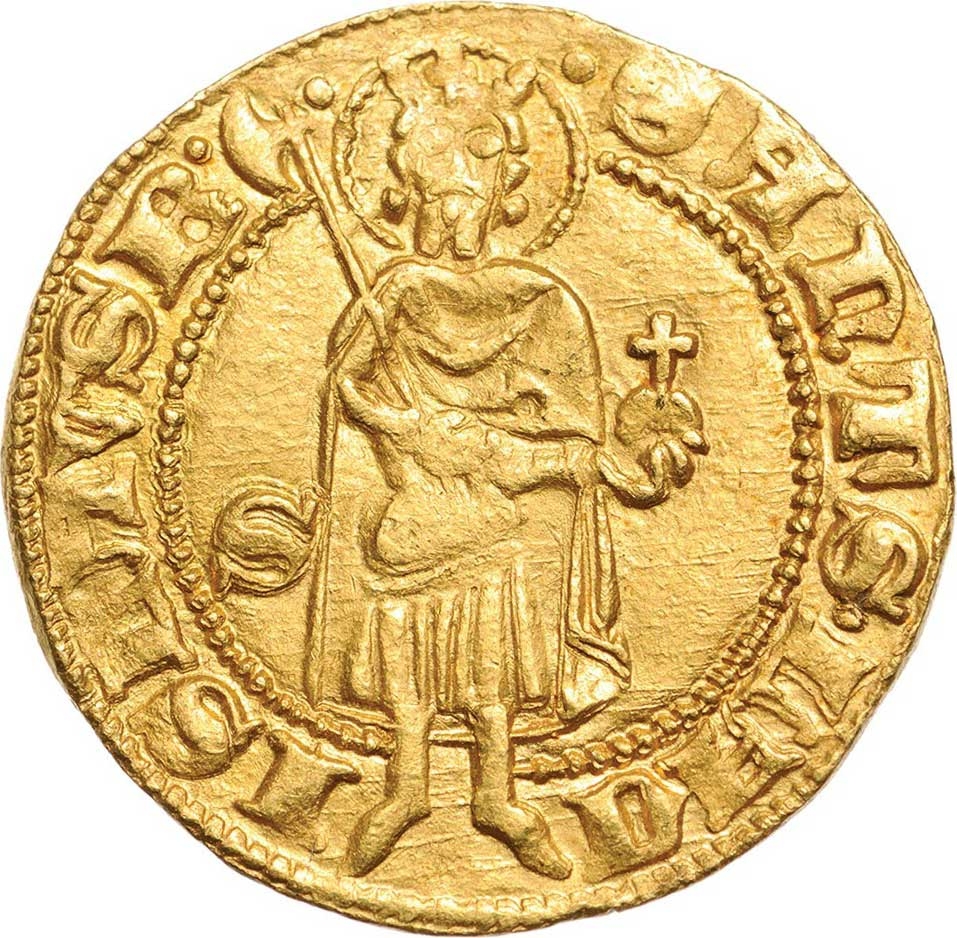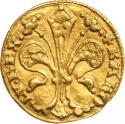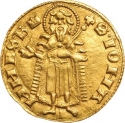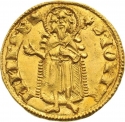You are about to finish your registration. Please check your mailbox (including spam folder). There should be a letter with a confirmation link. Check setting to make sure that your e-mail address is correct.
Send letter againDescription
Mary of Anjou (1371–1395), reigned as Queen of Hungary and Croatia from 1382 to 1385, and again from 1386 until her death. She was the daughter of Louis the Great, King of Hungary and Poland, and Elizabeth of Bosnia. Engaged to Sigismund of Luxembourg before her first birthday, Mary was crowned "king" of Hungary on 17 September 1382 after her father's death. However, the Hungarian nobility largely supported her distant cousin, Charles III of Naples, over her.
In 1385, Charles III invaded Hungary, and Mary's mother arranged her marriage to Sigismund to strengthen her claim. Despite their efforts, Charles was crowned king, and Mary renounced the throne. Charles was murdered in February 1386, and Mary was restored to the throne but was captured along with her mother in July. Queen Elizabeth was killed in January 1387, but Mary was released in June. She remained a nominal co-ruler with Sigismund, who had been crowned king, but had little influence. Mary died in 1395 following a hunting accident while pregnant.
Obverse

|
Depicts the Hungarian coat of arms - on the left side are Árpád stripes and on the right side is an Anjou lilies - in the center, triple lines of six semicircles decoration in the inner circle, lettering around "Mária, by the grace of God, Queen of Hungary". A decoration of pearls runs around the edge. + MARIE · D · G · R · VNGARIE · |
|---|---|
Reverse

|
Depicts Ladislaus I (Saint Ladislas) holding his battle-axe and orb with a halo above his crowned head with the Latin inscription "Sanctus Ladislaus Rex" (Saint Ladislaus the King). A bead-like pattern runs around the edge. S · LADISL AVS · REX · |
| Edge |







